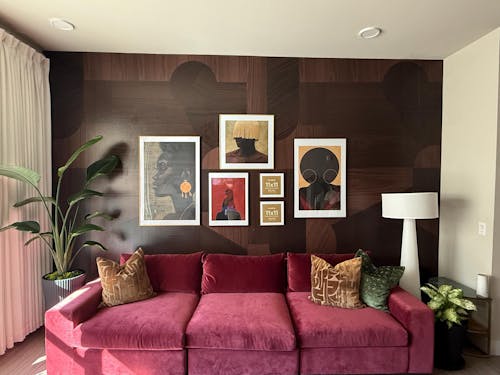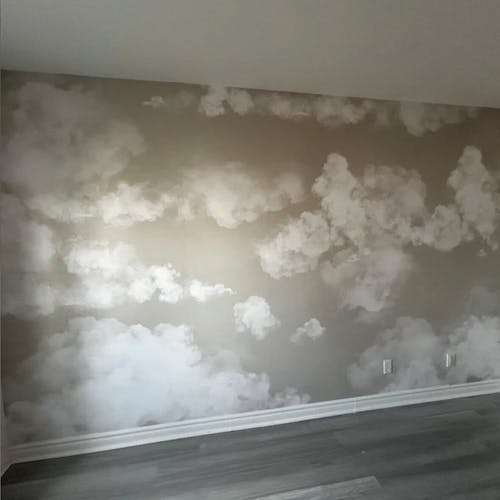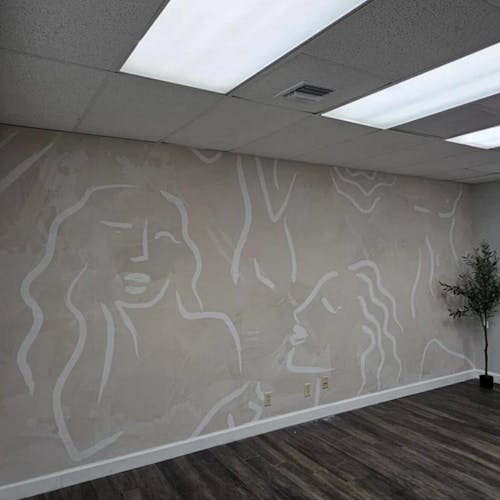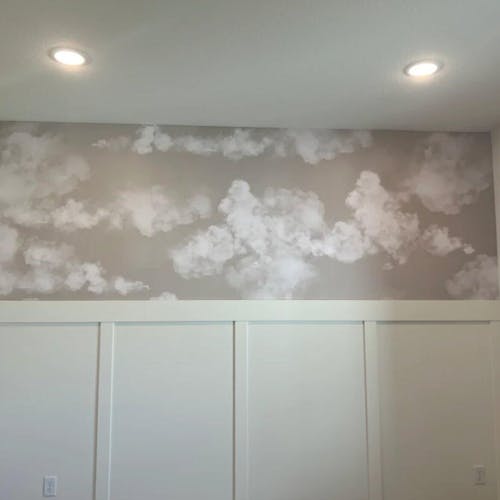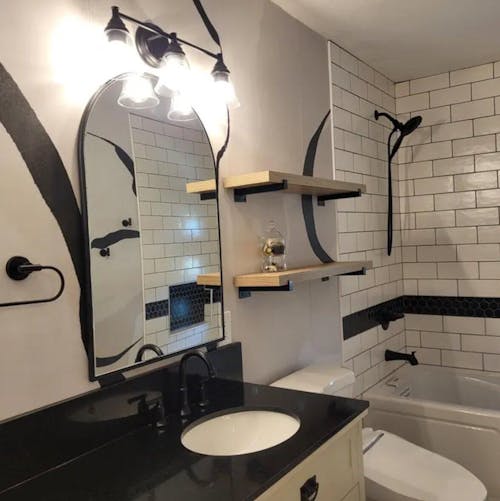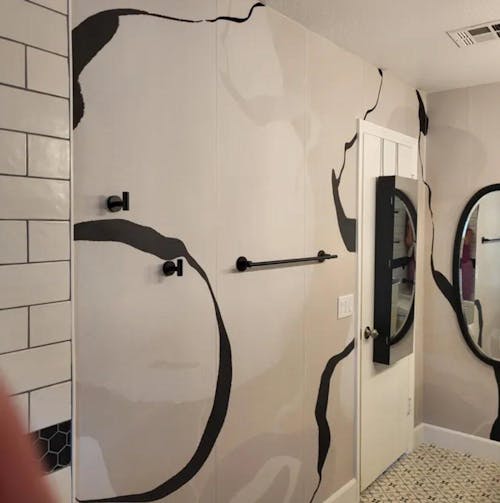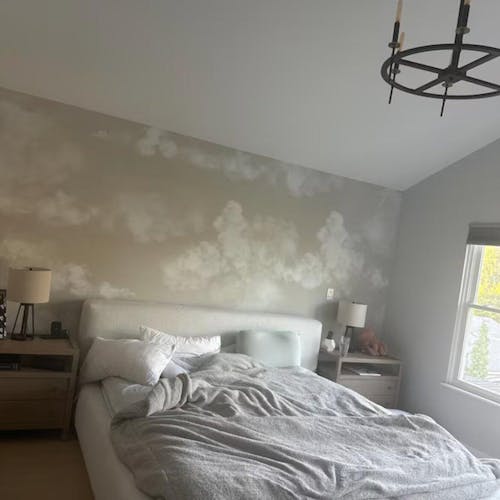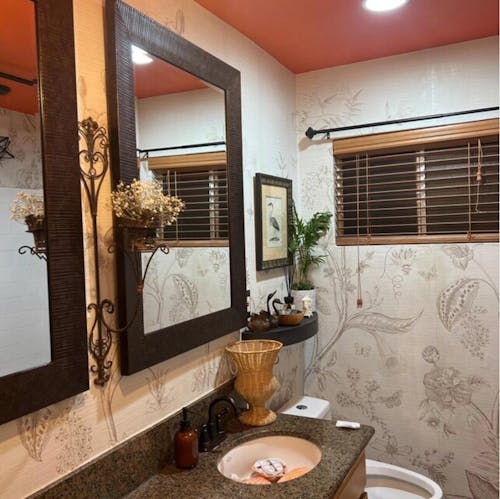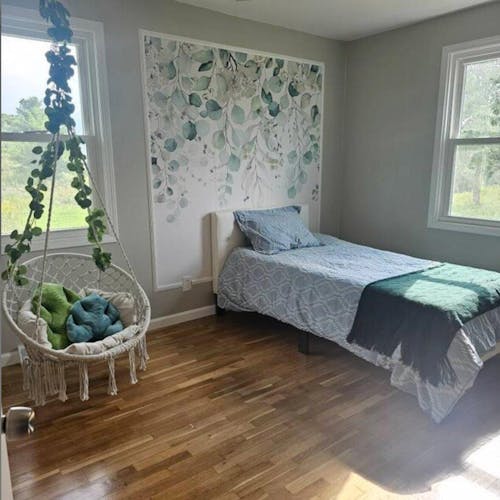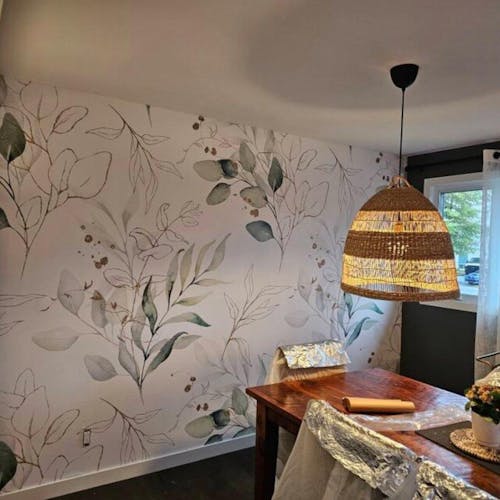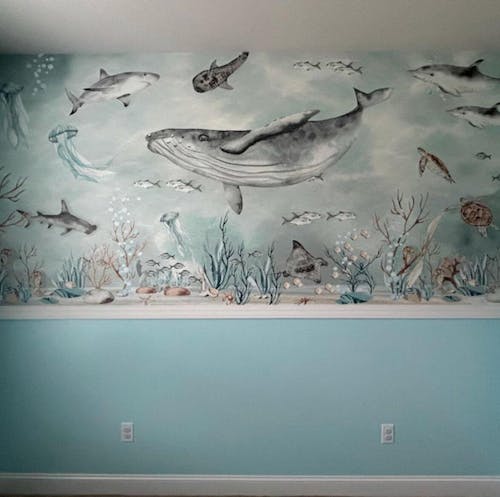Peel and stick wallpaper is easy to maintain when cleaned gently, protected from moisture and sunlight, and repaired early if lifting occurs. With the right care routine, it can keep its color, adhesion, and overall appearance for years—making it a practical choice for both renters and homeowners.
While peel-and-stick wallpaper is designed for convenience, a few simple habits can significantly extend its lifespan. This guide explains how to clean it safely, protect it from common issues, and handle minor repairs without damaging your walls or the wallpaper itself.
Routine Cleaning and Everyday Maintenance
Gentle Dusting and Light Vacuuming
Dust and airborne particles naturally settle on wallpaper over time. To keep the surface clean:
-
use a soft, dry cloth or microfiber duster
-
vacuum gently with a brush attachment on a low setting
This prevents buildup without stressing the adhesive or surface finish.
Spot Cleaning Small Marks and Stains
If spills or fingerprints appear, address them as soon as possible:
-
lightly blot the area with a clean, damp cloth
-
avoid scrubbing or applying pressure
-
if needed, use a mild soap solution approved for wallpaper
Always test cleaning products on a discreet section first to avoid discoloration.
What to Avoid When Cleaning
Peel and stick wallpaper is durable, but certain methods can shorten its life:
-
abrasive sponges or scrubbers
-
harsh chemical cleaners
-
soaking the wallpaper with water
Excess moisture can weaken the adhesive, while aggressive cleaners may fade colors or damage the surface layer.
Special Care Considerations
Managing Humidity and Moisture
High humidity can affect adhesion over time. In bathrooms, kitchens, or laundry areas:
-
ensure good ventilation
-
use exhaust fans or a dehumidifier if needed
-
avoid placing wallpaper where it comes into direct contact with water
Proper airflow helps prevent lifting edges and adhesive breakdown.
Protecting Wallpaper from Sunlight
Extended exposure to direct sunlight may cause gradual fading. If wallpaper is installed in bright rooms:
-
use curtains, blinds, or UV-filtering window film
-
rotate décor occasionally to ensure even light exposure
These small steps help preserve color depth and pattern clarity.
Using Adhesives Near Wallpaper
Be cautious with tapes, hooks, or glues applied over or near peel and stick wallpaper. Even removable adhesives can:
-
pull at the surface when removed
-
leave residue
-
affect future removal of the wallpaper
Whenever possible, attach items to uncovered wall areas instead.
Troubleshooting and Minor Repairs
Fixing Peeling Edges or Small Lifts
If an edge begins to lift:
-
smooth it back gently using your hand or a wallpaper tool
-
if necessary, apply a very small amount of adhesive designed for removable wallpaper
Avoid overusing glue, as excess adhesive may show through or complicate removal later.
Replacing Damaged Sections
For deeper scratches or tears, replacing a single panel or section is often easier than removing the entire installation. Keeping spare wallpaper from the original batch makes this process seamless.
Addressing small issues early prevents further damage and helps maintain a clean, polished look.
When to Remove or Replace Peel and Stick Wallpaper
If you notice widespread lifting, fading, or surface wear, it may be time to remove or replace the wallpaper. One of the main advantages of peel-and-stick designs is that removal is simple and wall-friendly when done slowly and carefully.
Conclusion
Peel and stick wallpaper remains one of the most flexible and low-maintenance wall covering options available today. With gentle cleaning, basic environmental protection, and timely repairs, it can maintain its appearance and adhesion far longer than many expect.
Whether used in a rental or a permanent home, proper care ensures that peel and stick wallpaper continues to enhance your space—looking intentional, fresh, and well-maintained throughout its use.




